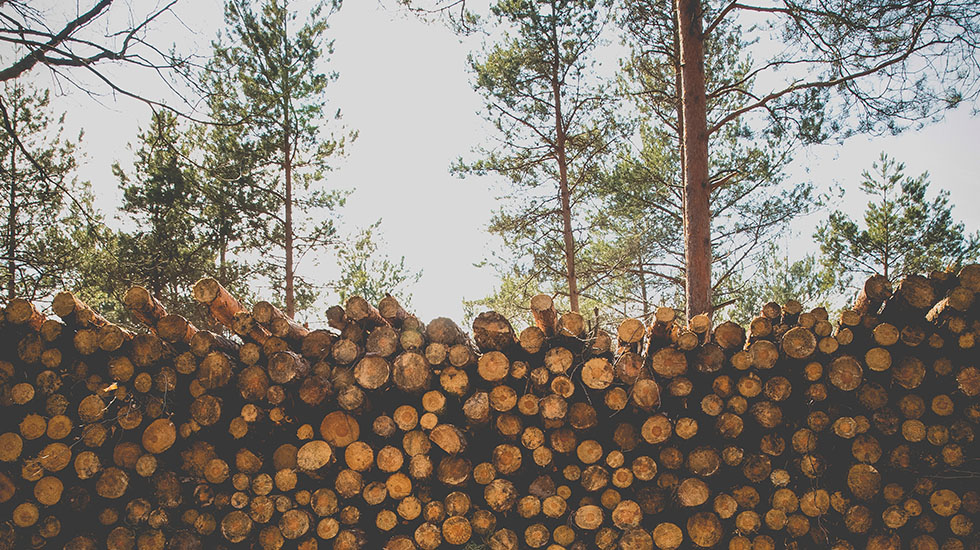Wood is one of the most commonly used materials in modern societies. Its durability and availability have granted it a prominent place in our daily lives, whether in the form of chopsticks, office furniture or houses. Although we are constantly surrounded by wooden products, we do not often think about the environmental cost of wood consumption.
Like all natural resources, cut trees are periodically renewed, but our wood consumption is so intense that the world’s forests can not meet the demand. This imbalance leads to deforestation, a growing issue in the 21st century. Unimaginable as it may seem, World Wide Fund for Nature, an organization involved in protecting forested areas, reported that “some 46-58 thousand square miles of forests are lost each yearㅡequivalent to 48 football fields every minute.” This human-caused disaster has direct impacts on forest biodiversity, especially the extinction of animal and plant species, sometimes before their discovery. It also has worldwide effects such as climate change that ultimately affects human beings.
Considering the irreversible consequences of deforestation, it is important that we actively contribute to mitigating its rate with our personal choices. Here are a few things that you can do to reduce deforestation:
- Print double-sided or avoid printing whenever possible.
- Always remember to recycle paper and cardboard.
- Buy certified wood products.
Our planet is inconceivable without its forests. Let us act responsibly to prevent this horrible situation!
Written by Kelly Jean, class of 2021
Image source: Unsplash.com

